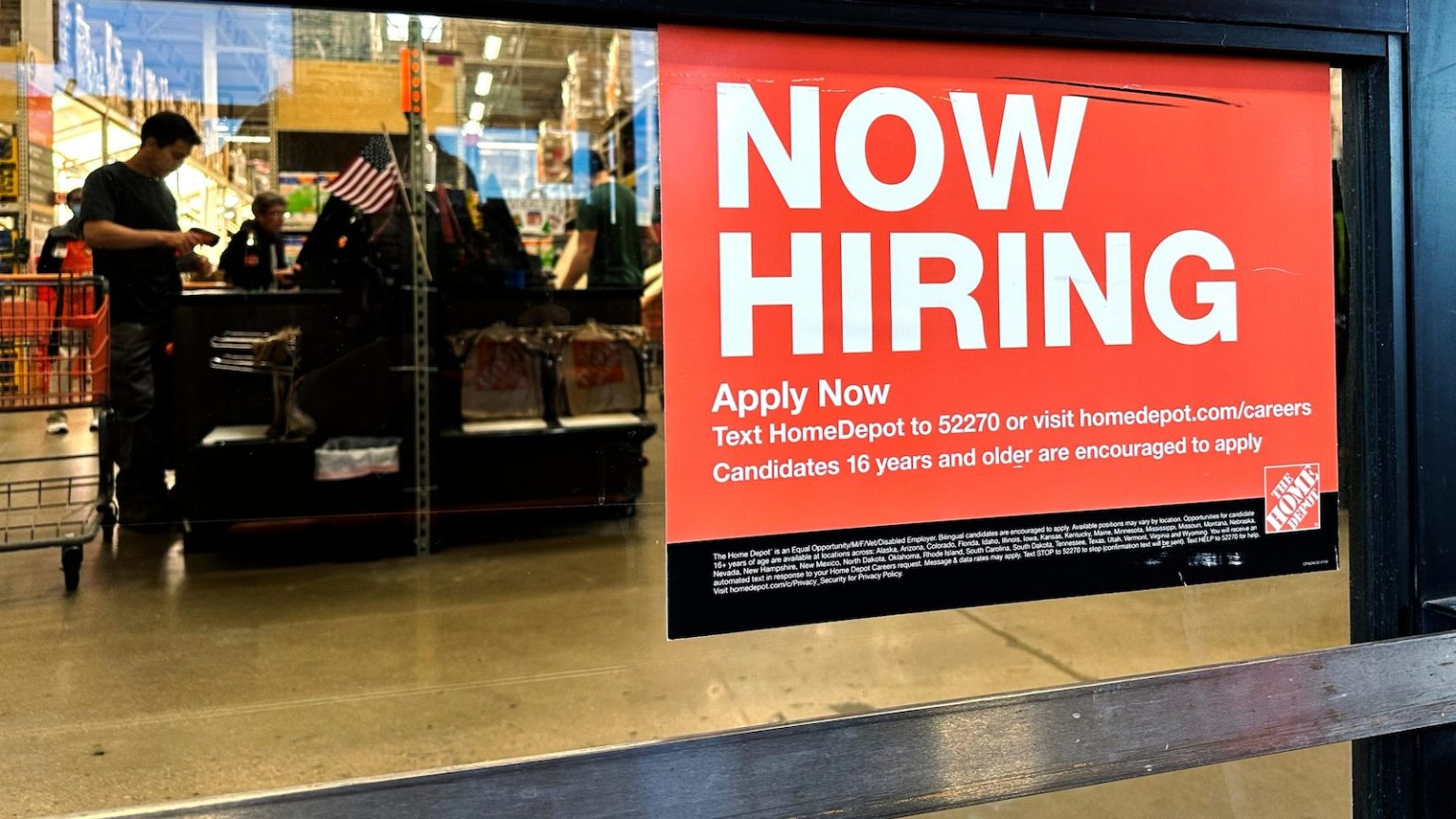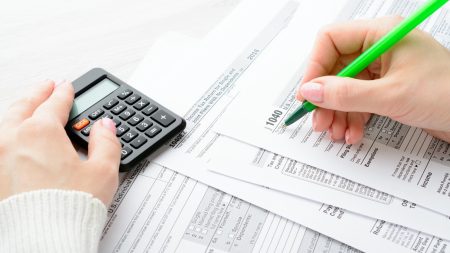Recent Trends in Unemployment Benefits Applications
The U.S. job market has shown signs of stability despite a slight increase in the number of Americans applying for unemployment benefits last week. According to the Labor Department, the number of individuals filing for jobless benefits rose by 5,000, reaching 219,000 for the week ending February 15. This figure was slightly higher than the 215,000 new applications that analysts had projected. Despite the increase, the overall pace of layoffs remains within a healthy range, suggesting that the labor market continues to exhibit resilience.
The Role of Weekly Applications as a Proxy for Layoffs
Weekly applications for unemployment benefits are widely regarded as a key indicator of layoffs in the economy. When fewer people apply for jobless benefits, it typically signals that employers are holding onto their employees, which is a positive sign for the job market. Conversely, a rise in applications may indicate an increase in layoffs. In this context, the increase to 219,000 applications, while slightly higher than expected, still falls within a range that is considered normal and not indicative of any significant deterioration in the labor market.
The Four-Week Average: A Smoother Indicator
To account for week-to-week fluctuations, analysts often look at the four-week moving average of unemployment claims. This average helps to smooth out some of the volatility in the weekly numbers, providing a more stable picture of labor market trends. For the week ending February 15, the four-week average dipped by 1,000, falling to 215,250. This slight decrease suggests that, on balance, the number of layoffs has remained relatively stable and within the range that is considered healthy by most economists.
Total Number of Unemployment Beneficiaries on the Rise
In addition to the number of new applications, the total number of Americans receiving unemployment benefits also saw an increase. As of the week ending February 8, 1.87 million people were receiving unemployment benefits, which represents an increase of 24,000 from the previous week. This uptick could be attributed to a variety of factors, including seasonal fluctuations or changes in the duration for which individuals are claiming benefits. However, it is important to note that this number remains below the levels seen during periods of economic downturn, suggesting that the labor market as a whole continues to perform well.
Potential Factors Behind the Increase in Applications
The slight increase in unemployment applications and the rise in the total number of beneficiaries could be attributed to several factors. One possibility is that some industries are experiencing seasonal layoffs, which can occur during certain times of the year. Another factor could be the transitioning of workers between jobs, as individuals may file for unemployment benefits while they are in between positions. Additionally, the labor market has been characterized by a high degree of churn in recent months, with many workers taking advantage of strong labor market conditions to switch jobs or pursue new opportunities. While the increase in applications is worth monitoring, it does not yet appear to signal any broader weaknesses in the economy.
Broader Economic Implications and the Path Forward
The overall health of the U.S. labor market remains a positive story, despite the slight increase in unemployment applications. The fact that the number of new applications and the four-week average remain within a healthy range is a testament to the resilience of the job market. Additionally, the increase in the total number of unemployment beneficiaries is not immediately concerning, as it remains below levels that would typically signal broader economic difficulties. Moving forward, it will be important to continue monitoring these metrics, as they provide valuable insights into the health of the economy and the labor market. For now, the data suggests that the job market is continuing to perform well, with layoffs remaining in check and unemployment benefits applications staying within a reasonable range.















